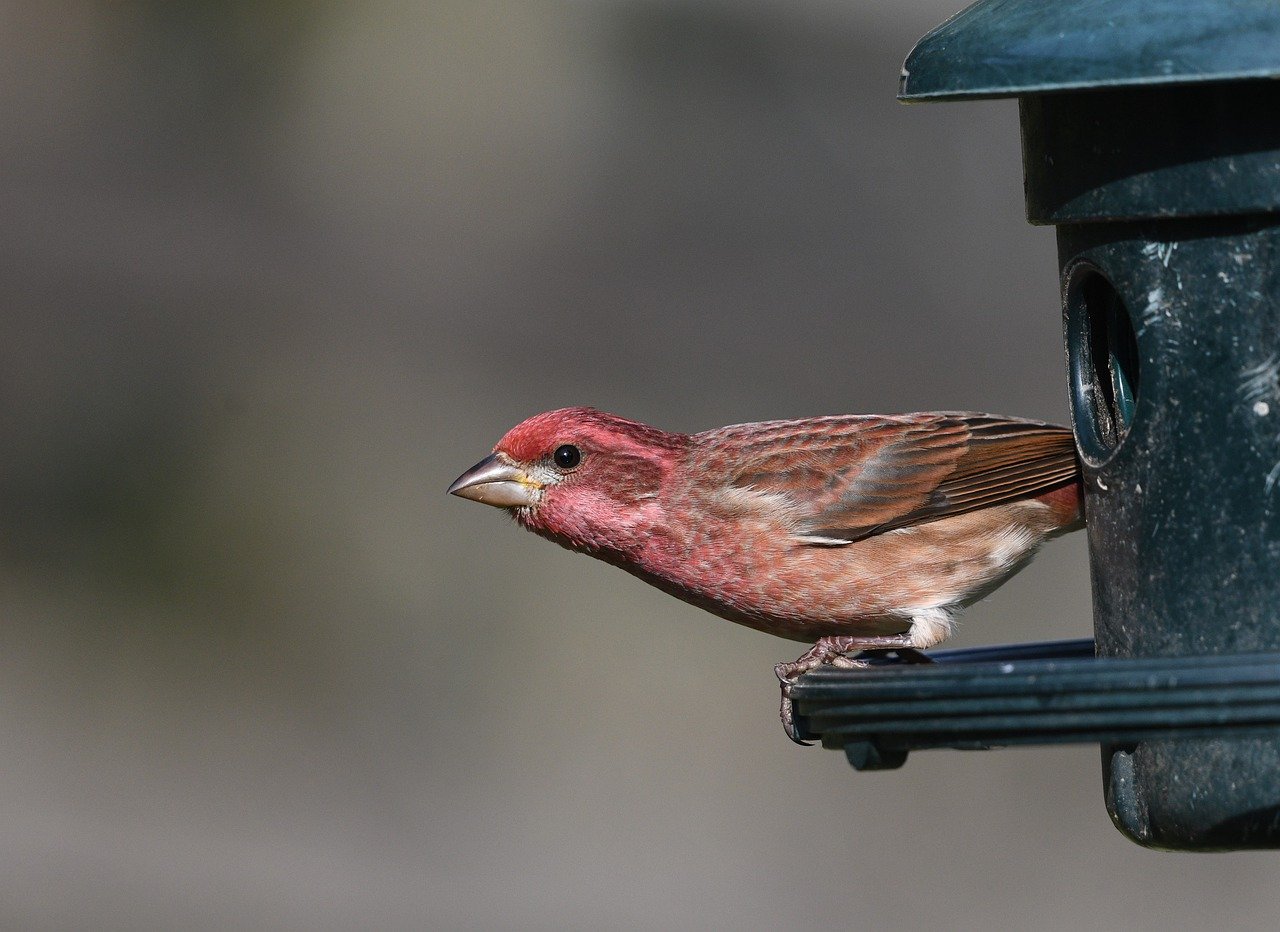If you’re here, you’re a nature lover and a good steward of the environment. So naturally, when it comes to things like feeding the birds, you want to make sure you’re doing the right thing. We’re right there with you, which is why we’re here to clear up some of the top bird feeding myths. Here’s why they’re myths, and what the truth is (according to top researchers, scientists, and wildlife experts).
Myth #1: Bird Feeding Attracts Rodents and Other Wildlife
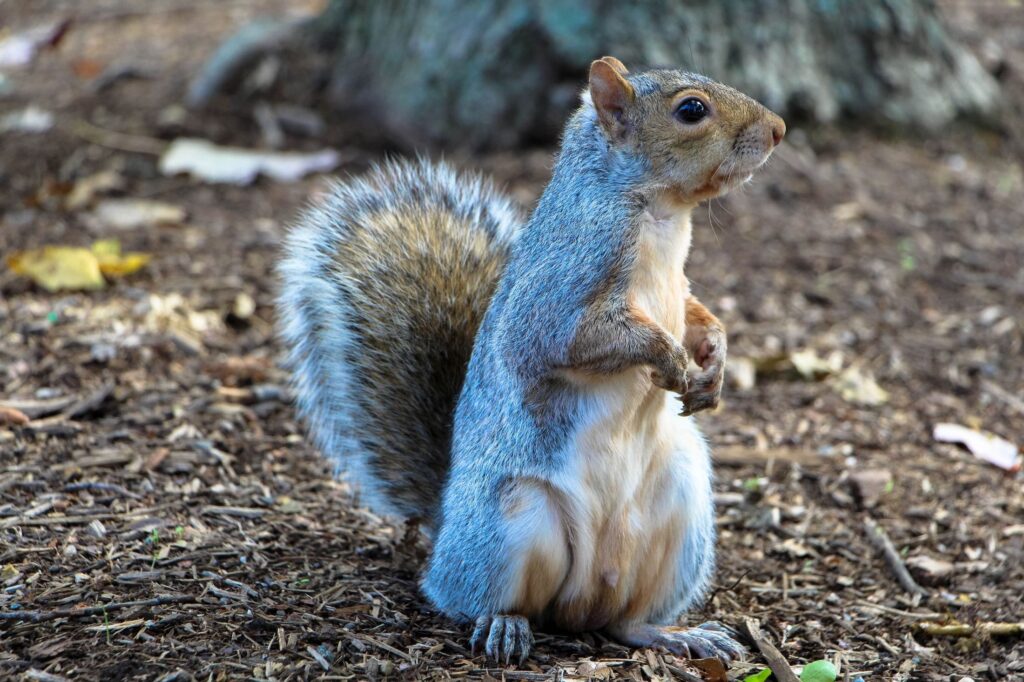
Done correctly, backyard bird feeding should be a rodent-free experience. Remember: bird feeders don’t attract rodents and other critters—the uncleaned mess under your feeders does! If you regularly clean up the spilled bird seed, and you store your bird seed properly, you should have no problems. There are also a variety of feeder tray accessories available that catch seed and shells before they ever hit the ground. Ask your favorite local wild bird store for solutions that eliminate any mess or pests.
Squirrels needn’t be an issue either—especially when there are so many squirrel-proof bird feeders available. These feeders are designed to deter and gently relocate squirrels when they attempt to feed at your bird feeders. Not only is it safe for squirrels and birds, but it’s also entertaining to watch!
But, living in Big Bear Valley, what about the bears? We have the answer for that too! Check out our Aerial Feeding Station, available at the Chirp store. This reinforced metal pole places your bird feeders way above ground—14 ft.—far away from hungry black bears.
Myth #2: Feeding the Birds Stops Them from Migrating
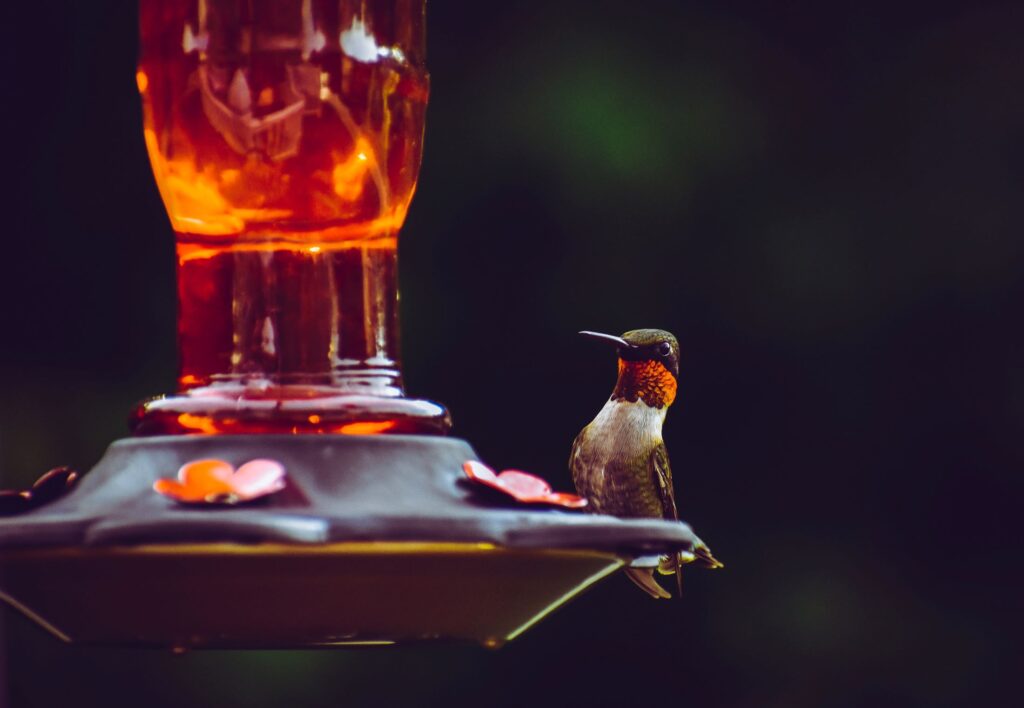
Untrue! Birds actually get their cue to migrate from things like temperature, amount of sunlight, and the length of the days. Even during the fall, when young birds are migrating for the first time, a bird’s instincts about timing and navigation will outrank their instinct to look for food (or stay where there is a steady flow, such as near a bird feeder).
But does that mean that our attempts at bird feeding go unnoticed by our feathered friends during migration seasons? Not at all! In fact, many birds will stock up on high-energy (high fat and protein) bird food as sustenance for the arduous journey. Just think of the Ruby-throated Hummingbird, who flies non-stop 500 or more miles during their summer migration. You can bet that they appreciate brief stops at hummingbird feeders along the way!
Myth #3: Feeding the Birds Makes Them Dependent on Us
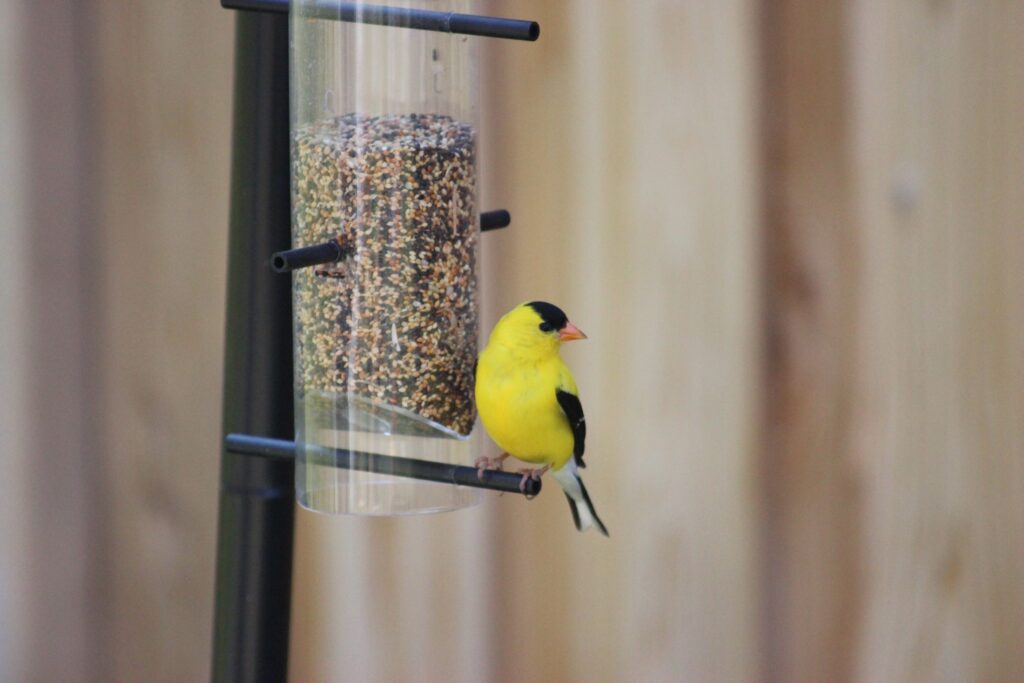
False. Study after study have given us the same data: though birds will make use of bird feeders, they primarily seek food from natural sources. And the access to bird feeders doesn’t make any significant difference to their behavior.
In fact, bird feeders—while still a secondary food source—become increasingly important during the winter months. During this season, natural food sources like insects and berries are harder to find, so birds looking to survive the brisk cold will find bird feeders a welcome energy source. And before you think of leaving your birdbath empty during winter, know that birds need water—even in winter—for drinking and bathing.
Myth #4: Bird Feeders Spread Disease

Correction: Dirty bird feeders can spread disease. But if you’re keeping up with cleaning your feeders at least once a month, and regularly cleaning up spilled food and droppings around your feeders, you have no need to worry. This way, you will prevent salmonella and other harmful bacteria from growing.
Pro tip: to make it a habit, try to clean your bird feeders every time—or other time—you refill them. Want to make it even easier on yourself? Invest in a bird feeder that’s easy to take apart and clean—or even one that’s dishwasher-safe. (You can find both at the Chirp store.)
The same goes for birdbaths: keep them clean. Not only will this attract more birds (they, like us, don’t like to drink and bathe in dirty water!), but it will ensure that you’re not spreading any harmful bacteria.
Myth #5: Any Bird Seed Mix Will Do
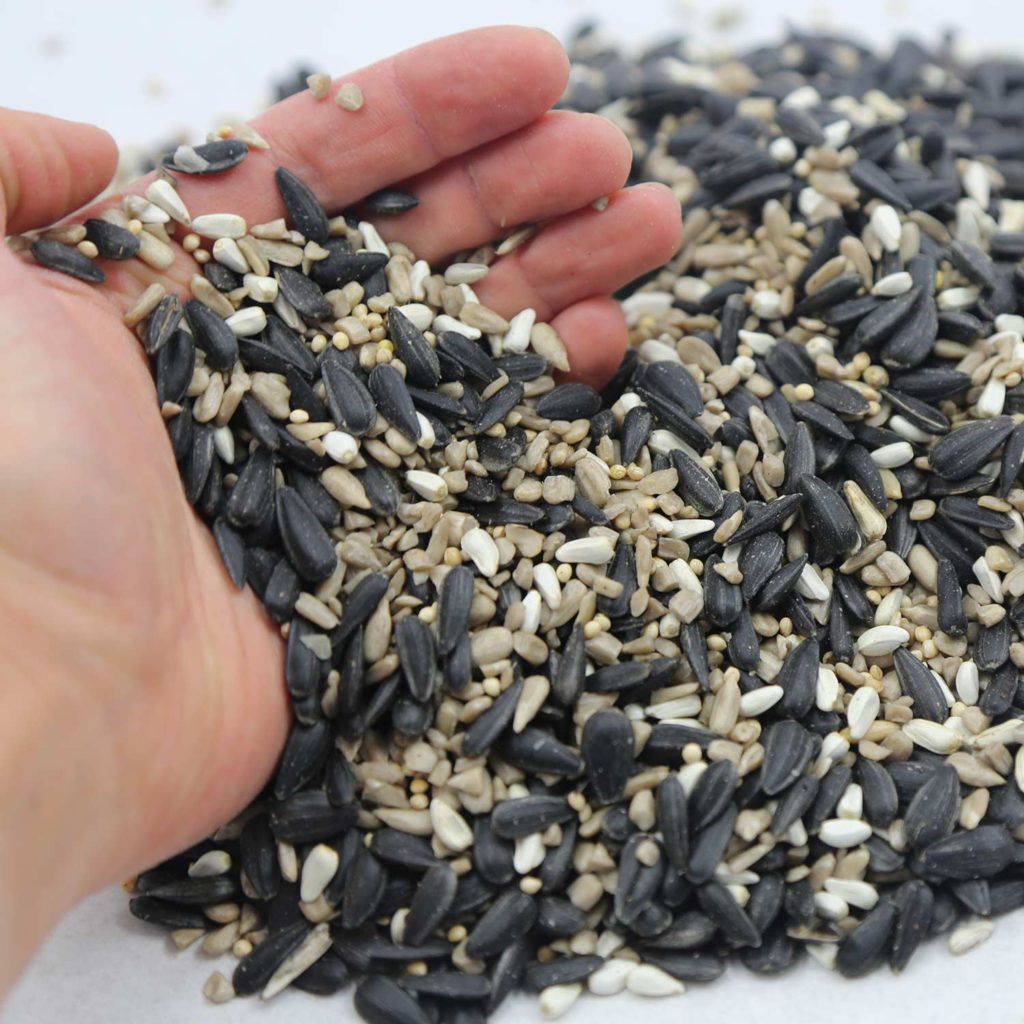
Nope! While it’s true that a generic bird seed mix probably won’t harm the birds eating it, these mixes are often full of fillers that end up on the ground rather than in a bird’s belly. If a seed mix has a lot of milo, barley, and wheat, most of it will go to waste.
Instead, look for nutrient-rich bird seed mixes that contain bird-boosting favorites like black-oil sunflower seeds, Nyjer seeds, peanuts, and corn. Chirp’s Big Bear Blend is chockful of these morsels! And not only will you end up attracting more—and a larger variety of—birds at your feeders with high-quality bird seed, you’ll have less mess under your feeders, and more satisfied (and fortified) birds.
The Three Questions of Ethical Bird Feeding
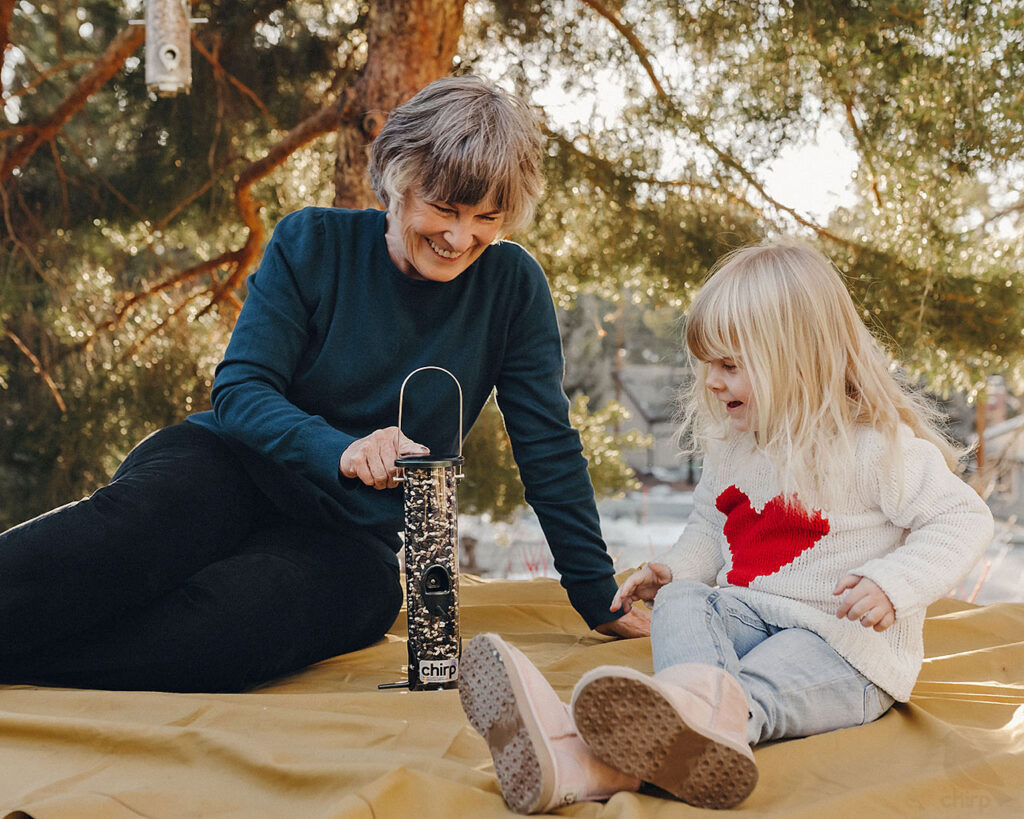
While wildlife experts agree that responsible bird feeding is helpful to birds and enjoyable for us humans, there may be times to exercise caution. The National Audubon Society has listed three questions we can ask ourselves before feeding birds:
- Is the species at risk? This includes endangered or threatened birds in the area. In this case, we should exercise caution in feeding these birds, as we don’t know how it will affect them. (The San Bernardino National Forest’s website lists only a few threatened or endangered bird species, all of which feed on insects and critters, not at bird feeders.)
- Is the food appropriate and safely provided? Keeping bird feeders clean, and away from predators (like cats) and windows (to prevent window strikes) are considered best practices. In addition, providing healthy, nutrient-dense bird food—in the form of bird seed mixes and fruit from native trees and shrubs in your yard—is recommended.
- Is feeding this bird likely to change its behavior in harmful ways? The examples included aren’t bird feeder-related. Instead, they are related to places where people feed birds, like near busy roads, where traffic can become a hazard to them. They also caution against hand-feeding birds, so they don’t start associating people with food and start hassling them.
Ready to Feed Your Backyard Birds?
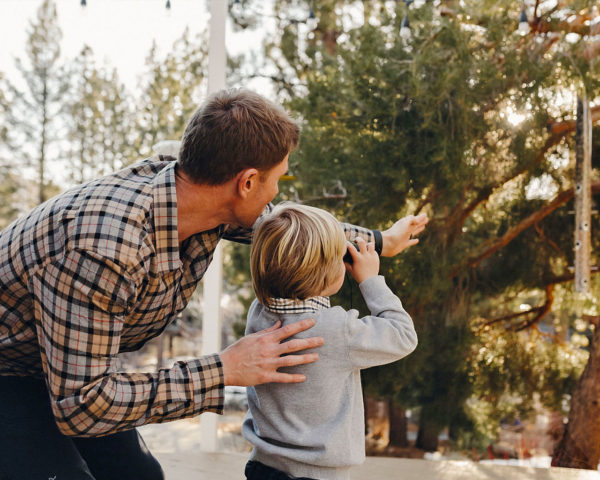
New to backyard bird feeding? We have tons of free resources for you! Check out our Chirp blog and the Chirp YouTube channel to get started.

